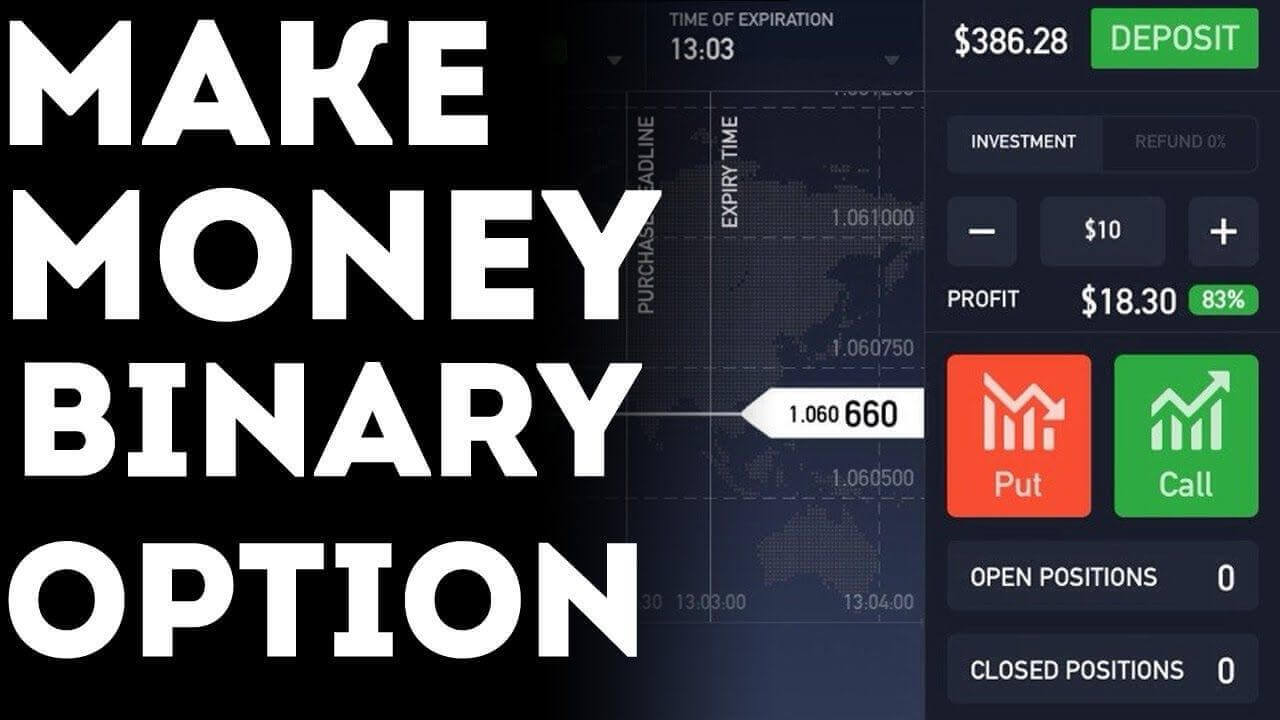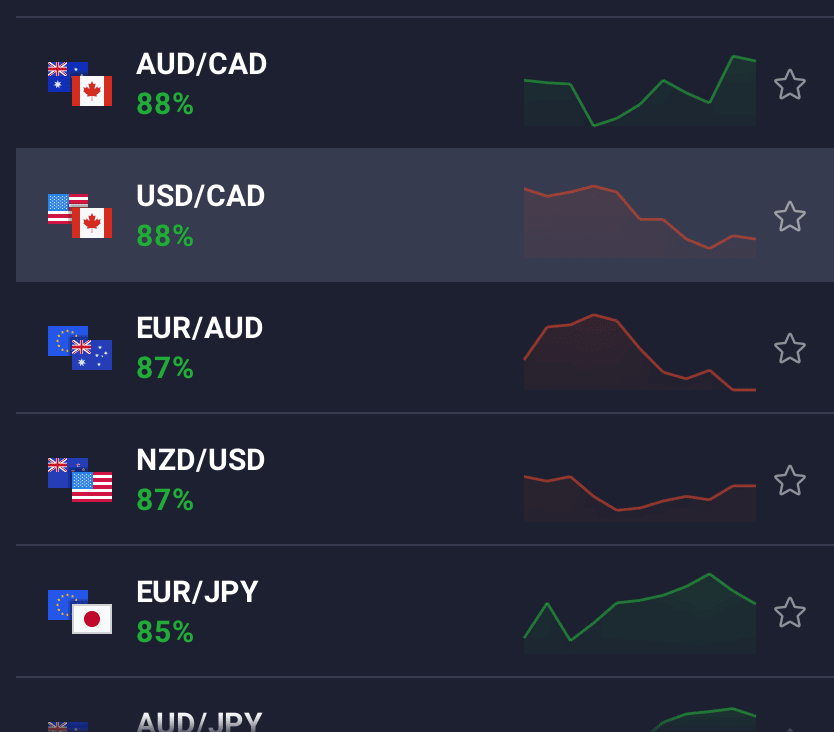Introduction
Binary options trading has emerged as an alluring financial instrument for traders of all levels, offering the potential for substantial returns with relatively short-term positions. As a viable alternative to traditional trading, understanding how to navigate the world of binary options is crucial. This guide will provide a comprehensive overview of binary options trading, empowering beginners to embark on this exciting journey with confidence.

Image: winprofitbinary.blogspot.com
What are Binary Options?
Binary options are financial contracts that derive their name from the binary nature of the outcome. Unlike traditional options trading, where the payout depends on the extent of the underlying asset’s price movement, binary options offer a fixed return if the prediction is correct and a loss of the entire investment if it is incorrect. Traders speculate on the future direction of an underlying asset, such as stocks, commodities, forex, or indices, and predict whether its price will increase or decrease within a specified time frame.
How Binary Options Work
Binary options trading revolves around predicting the outcome of a simple proposition: will the price of the underlying asset be higher or lower than the current price at the expiration of the contract? Traders select the underlying asset, choose an expiration time (ranging from 60 seconds to several months), and decide whether the price will rise (call option) or fall (put option).
The payout for a correct prediction is typically fixed at a percentage of the investment amount, commonly ranging from 70% to 95%. If the prediction is incorrect, the trader loses the entire investment. Therefore, it is essential to approach binary options trading with a well-defined strategy and a thorough understanding of the risks involved.
Types of Binary Options
Various types of binary options exist, each with its unique characteristics. The most common include:
- Standard Binary Options: The traditional binary option, where traders predict whether the asset price will be higher or lower at expiration.
- Boundary Binary Options: Also known as “touch options,” these options require the asset price to reach a specific level (boundary) before expiration to trigger a payout.
- Range Binary Options: Traders speculate whether the asset price will stay within a specified range at the time of expiration.
- Turbo Binary Options: Short-term options with expiration times ranging from 30 seconds to 15 minutes, suitable for fast-paced trading.
- One Touch Binary Options: Payout is awarded if the asset price touches a predetermined level at any point during the contract period.
Choosing the appropriate binary option type depends on the trading strategy, risk appetite, and market conditions. Traders must carefully consider the potential risks and rewards associated with each type before making a decision.

Image: www.coinnewsspan.com
Benefits and Risks of Binary Options Trading
Binary options trading offers several potential benefits:
- High Potential Returns: Binary options provide the opportunity for substantial returns, especially for correctly predicted trades with high payouts.
- Short-Term Positions: Unlike traditional options trading, binary options have defined expiration times, allowing traders to capitalize on short-term market movements.
- Fixed Risk: The risk is limited to the investment amount, which can be advantageous for managing financial exposure.
- Versatility: Binary options offer flexibility in trading a wide range of underlying assets and expiration times, catering to diverse trading styles.
However, there are inherent risks to consider when trading binary options:
- High Loss Potential: The potential for complete loss of investment if a prediction is incorrect is a significant risk factor.
- Unregulated Brokers: Unfortunately, the binary options industry has attracted fraudulent and unregulated brokers, making it crucial to research and choose a reputable platform.
- Limited Market Analysis: Trading binary options relies heavily on technical analysis, which may not accurately predict future price movements.
- Psychological Factors: Trading binary options can be highly emotional, potentially leading to impulsive decisions and overtrading.
It is essential to weigh the potential benefits against the risks carefully and approach binary options trading with a realistic understanding of its associated risks.
Choosing a Binary Options Broker
Selecting a reliable and trustworthy binary options broker is crucial for a successful trading experience. Consider the following factors when evaluating brokers:
- Regulation and Licensing: Ensure the broker is duly licensed and regulated by a reputable financial authority, ensuring transparency and accountability.
- Reputation: Research the broker’s reputation among traders and industry professionals, seeking positive feedback and a clean operating history.
- Trading Conditions: Pay attention to key considerations such as payout rates, spreads (difference between bid and ask prices), and expiration times.
- Customer Support: The broker should provide responsive and knowledgeable customer support to assist traders with any queries or issues.
- Educational Resources: Look for brokers that offer educational resources, such as webinars and trading guides, to help traders enhance their knowledge and skills.
How To Start Binary Options Trading

Image: thewaverlyfl.com
Getting Started with Binary Options Trading
Embarking on binary options trading begins with a few key steps:
- Choose a Reputable Broker: Diligence is crucial in selecting a trustworthy and regulated broker that aligns with your trading objectives.
- Create a Trading Account: Open a live or demo trading account with your chosen broker and fund it with the desired investment amount.
- Understand the Platform: Familiarize yourself with the broker’s trading platform, including the available assets






